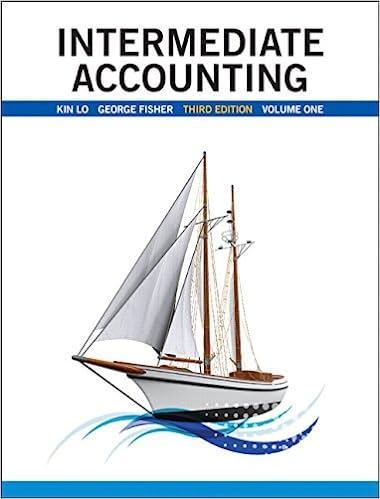Question
In his conclusion, Cohen argues that while the Augustan law on adultery ( lex Julia de adulteriis ) was not an instance of using law
- In his conclusion, Cohen argues that while the Augustan law on adultery (lex Julia de adulteriis) was not an instance of using law to shape morals, it did set the groundwork for later Christian efforts to do just that. Explain.
Please give a detailed answer in an essay format to the above question based on the following paragraphs: include some direct quotes as well. Thank you!
Though beyond the scope of this paper, a few concluding remarks on the fate of the Augustan legislation on adultery may be appropriate. Like all such attempts, of course, the Augustan legislation necessarily failed to eradicate the conduct that it prohibited. Indeed, over the next centuries, there was a growing trend toward severe penalties.'9 This movement perhaps culminated in the provision of Constantius and Constans in 339, which not only called for severe enforcement of the laws against adultery but also decreed that adulterers be punished "as though they were manifest parricides," by being sown up in a leather sack and drowned.
The specific language of the provision is significant, for it refers to adulterers as the "sacrilegious violators of marriage." This statement appears to herald the shift in emphasis that Christianity brought to the prosecution of adultery. Constantine, of course, had already restricted to the immediate family the right to prosecute adultery, thereby reversing one of the major innovations of the lex Julia de adulteriis. It is noteworthy, however, that in doing so he placed the primary responsibility on the husband, whom he calls "the avenger of the marriage bed" {Cod. Theod. 9.7.2), a phrase taken up in the subsequent official discourse of adultery {Const. Sinn. 8; N. Maj. 9.1). In justifying ever severer punishments in the name of a sacred marital chastity, Roman legislation incorporated the notion of adultery as sin and transgression that informed the Old and New Testament traditions.20 In this light, a provision enacted in 388 ordaining that a Jew who married a Christian woman be punished as an adulterer is surely significant {Cod Theod. This development reached its logical conclusion in the legislation of Justinian, according to which a married woman convicted of adultery was to be confined in a convent for life. Because of the sanctity of marriage, however, if after two years her husband chose to remarry her, he could do so. Otherwise, she remained immured.
In the end, then, the adulterer becomes less an offender who damages the social order by impeding the management of populations, and more a sacrilegious, heinous offender who destroys the chastity of the marriage bed and all that it represents. He is now like the Jew who pollutes the Christian union of man and woman. With the revival of Roman law in later periods, these two layers ofRoman strategies against adultery and sexual immorality provided a powerful heritage for those who would use the powers of church and state to create a legal and institutional framework that, in the name of seeking out sin, recognized no area of private conduct, discourse, or thought as beyond its reach. In the institutions of the penitential and the canon law, which regulated the entirety of sexual, reproductive, and marital life, the legal revolution of the Augustan legislation reached fruition in ways that its author had perhaps never.
Step by Step Solution
There are 3 Steps involved in it
Step: 1

Get Instant Access with AI-Powered Solutions
See step-by-step solutions with expert insights and AI powered tools for academic success
Step: 2

Step: 3

Ace Your Homework with AI
Get the answers you need in no time with our AI-driven, step-by-step assistance
Get Started


